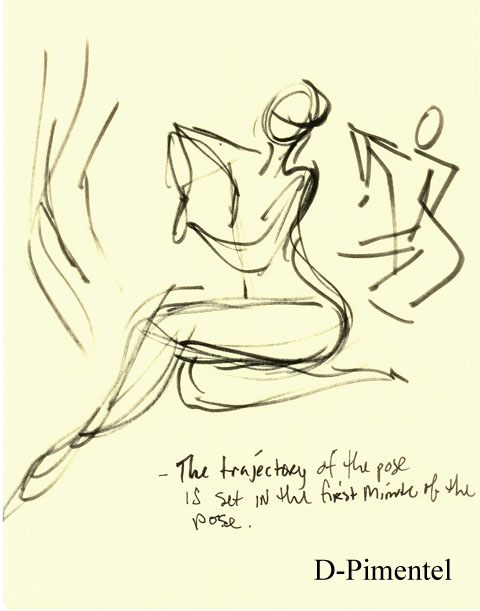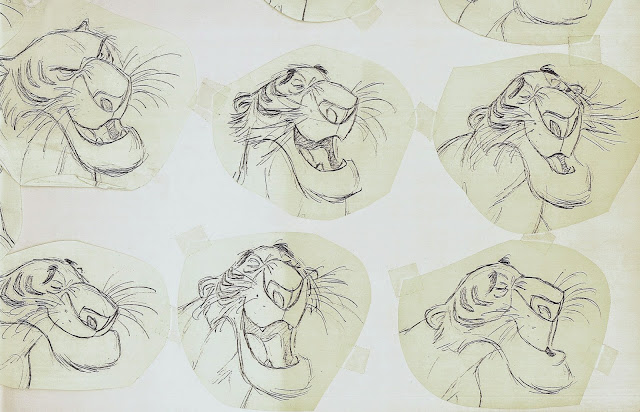Artistic know-how does not need to be expensive or attained at a school like CalArts. That's why I research free online advice on drawing and encourage my readers to do the same. You can take your education into your own hands.
For this post, I explore the relationship between composition and feeling -- which is, of course, essential to understand for filmmakers. Conveying emotions through visuals is part of what makes filmmaking so exciting and creative!
My hope is that these handouts and videos, which I share below, can inspire students to learn the fundamentals of composition and feeling -- without paying a fortune!
Lines represent feelings
For this post, I explore the relationship between composition and feeling -- which is, of course, essential to understand for filmmakers. Conveying emotions through visuals is part of what makes filmmaking so exciting and creative!
My hope is that these handouts and videos, which I share below, can inspire students to learn the fundamentals of composition and feeling -- without paying a fortune!
Lines represent feelings
Here is a handout that was shared by Mark Kennedy on his blog Temple of the Seven Golden Camels. These illustrations, originally from the book Creative Illustration, show how different shapes connote different feelings. For instance, horizontals and verticals are calm, whereas diagonals are full of motion and tension.
 |
| (Source: sevencamels) |
So depending on the mood of the piece you are working on, different lines and how they divide the canvas will aid in conveying that feeling you’re going for.
Brad Bird did a handout on how to add depth to your storyboards/compositions.
Pace and staging characters
Pace and staging characters
Here is also a video that analyzes the pacing of the camera moves in Brad Bird's movies and how such adds to the story of each film, respectively. Toward the end, there is a brief mentioning of symmetric vs. dynamic filmmaking.
As this video highlights, how you make cuts and stage your characters has a great effect on the ‘feel’ of the movie.
Tony Zhou has made a similar video that explains why Edgar Wright’s filmmaking works so well – namely, because he takes advantage of the film medium and shows visuals that are funny, even without dialogue.
I recommend taking a look at some (or all) of the videos Zhou has posted!
Characters and how they fit into the overall composition likewise connotes a lot about the feeling of a scene. For instance, a character can be visually depicted as taking up a large portion of a shot and we will sense that she or he is more important or powerful than any other given character.
This video, by Zachery Ramos-Tayolor, gives an example from the movie Steve Jobs. It highlights how the characters’ movement indicates who is in power.
Similarly, Mark Kennedy did a blog post that analyzes the movements of characters and how such symbolize the power dynamics within a scene in Paths of Glory.
 |
| (Source: sevencamels) |
The camera angle can also aid in power dynamics. When I was studying How to Train Your Dragon, I noticed that in scenes when Stoick was imposing, the camera angle was always placed up toward him and down toward Hiccup. This established a power relationship – Stoick seems authoritative, whereas hiccup is small and unsure.
Thanks for reading along! And as always, a thousand thanks to the artists who shared their advice online!
Good luck studying.


























